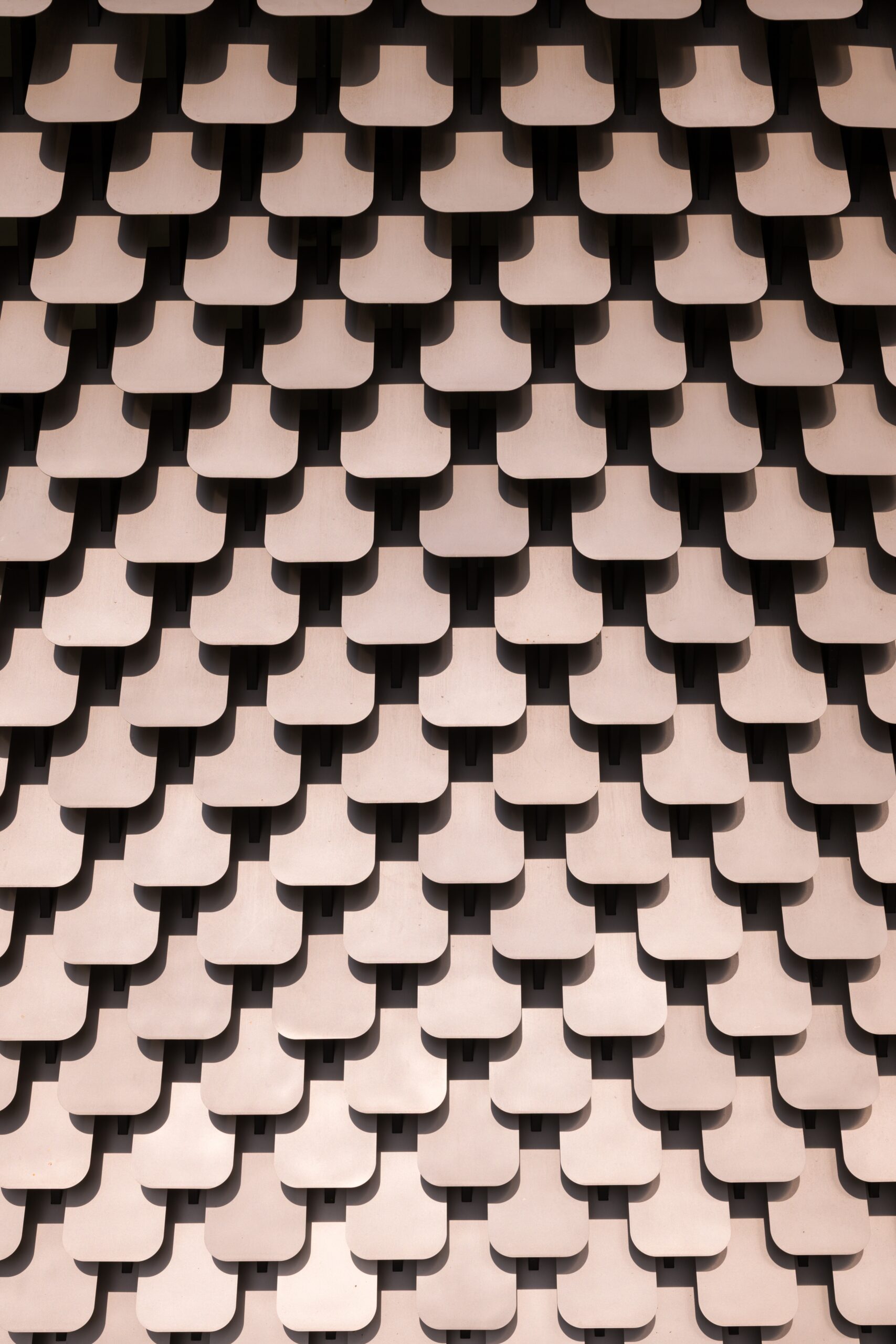Smart fabrics are revolutionizing the world of textiles and fashion by seamlessly integrating technology into the very fabric of our lives. These innovative textiles go beyond traditional clothing by adding functionality, interactivity, and connectivity. Whether it’s garments that monitor your health, textiles that adapt to environmental conditions, or fabrics that light up and change color, smart fabrics are redefining how we interact with and experience our clothing. In this extensive article, we will delve into the multifaceted realm of smart fabrics, exploring their various applications, potential impacts, and the future of fashion and technology.
The emergence of smart fabrics has opened up a new dimension in wearable technology. At the core of these fabrics are specially engineered materials that can conduct electricity, sense changes in the environment, and even communicate with other devices. This breakthrough has given rise to a wide range of possibilities in fashion, health, sports, and more.
One of the most remarkable applications of smart fabrics is in the realm of health and wellness. These textiles can be embedded with sensors that monitor various physiological parameters, such as heart rate, body temperature, and even hydration levels. For individuals who require continuous health monitoring, smart clothing can be a game-changer. These garments can track vital signs and send real-time data to healthcare professionals, offering a proactive approach to healthcare. Moreover, smart fabrics can provide valuable insights into our well-being, helping individuals make informed decisions about their health and lifestyle.
Another exciting avenue for smart fabrics is in sports and athletic wear. Athletes and fitness enthusiasts can benefit from garments that monitor performance metrics, such as motion, muscle activity, and perspiration. These textiles provide instant feedback, helping individuals optimize their workouts and prevent injuries. In the future, we may see sportswear that can adjust its properties, such as breathability or compression, in response to the wearer’s activity level and environmental conditions.
Beyond health and sports, smart fabrics are making inroads in the world of fashion and self-expression. These textiles can incorporate LEDs and other components that allow them to change color, display patterns, or even interact with the wearer’s emotions or surroundings. Imagine a dress that adapts its color and luminosity based on the wearer’s mood or the environment. This integration of technology and aesthetics is redefining the possibilities for creative expression in fashion.
The adaptability of smart fabrics extends to everyday life as well. Garments equipped with heating elements can keep wearers warm in cold conditions, eliminating the need for bulky clothing. Conversely, fabrics with cooling properties can help individuals stay comfortable in hot weather. These textiles provide a new level of comfort and convenience in our day-to-day lives.
Additionally, smart fabrics are driving innovation in the field of sustainability. These textiles can be designed to be eco-friendly and sustainable, addressing concerns about the environmental impact of the fashion industry. From biodegradable materials to fabrics made from recycled fibers, smart textiles are contributing to a more sustainable approach to clothing production.
Furthermore, the integration of smart fabrics into our clothing is transforming the way we interact with technology. With the advent of wearable technology, such as smartwatches and fitness trackers, our devices have become an integral part of our daily lives. Smart fabrics take this integration a step further by incorporating technology directly into our attire. This seamless connection between clothing and technology allows for hands-free interactions, whether it’s answering calls, adjusting music, or receiving notifications.
Smart fabrics also have the potential to enhance safety and security. For instance, fabrics embedded with sensors can detect environmental hazards, such as high levels of pollution or harmful chemicals. These textiles can provide real-time alerts to wearers, helping them make informed decisions about their safety. In addition, smart fabrics can be integrated into protective gear for workers in hazardous environments, providing an extra layer of safety.
The future of smart fabrics is marked by continuous innovation and expansion. Researchers and engineers are exploring new materials and technologies that will further enhance the capabilities of these textiles. Graphene, for example, is being investigated for its potential to make fabrics more conductive and durable. In the field of nanotechnology, scientists are developing nanofibers and nanoparticles that can be integrated into fabrics, opening up possibilities for enhanced sensing and functionality.
The convergence of smart fabrics with 5G technology is also expected to be a game-changer. The high-speed, low-latency connectivity of 5G will enable real-time communication between smart fabrics and other devices. This means that your clothing can seamlessly connect with your smartphone, smart home, or other IoT devices. The applications of this connectivity are vast, from remote control of your home’s temperature to receiving location-based information through your clothing.
Moreover, the concept of self-healing fabrics is on the horizon. Researchers are exploring materials that can repair themselves when damaged, potentially extending the lifespan of garments. This innovation could have a significant impact on reducing textile waste and promoting sustainable fashion.
As smart fabrics continue to evolve, they are likely to become more accessible and affordable. The mass adoption of these textiles will not only change the way we dress but also how we interact with the world around us. The boundaries between clothing, technology, and personal expression will blur further, offering new possibilities for creativity and convenience.
In conclusion, smart fabrics represent a remarkable fusion of technology and textiles, ushering in a new era of fashion, health, and connectivity. From health monitoring and performance enhancement to environmental adaptability and creative expression, these fabrics are transforming our relationship with clothing. As the field of smart fabrics continues to advance, we can anticipate a future where our attire seamlessly integrates with technology, enhancing our lives in ways we are just beginning to imagine.
Health Monitoring:
Smart fabrics can include sensors that monitor vital signs, allowing for continuous health tracking.
Performance Enhancement:
These textiles are used in sportswear to monitor and optimize athletic performance.
Aesthetic Adaptability:
Smart fabrics can change color, display patterns, and interact with the wearer’s emotions or surroundings.
Temperature Regulation:
Some smart fabrics include heating elements to keep wearers warm in cold conditions and cooling properties to provide comfort in hot weather.
Sustainability:
Many smart fabrics are designed to be eco-friendly and sustainable, contributing to a more environmentally conscious fashion industry.
Integration with Technology:
Smart fabrics seamlessly integrate technology into clothing, enabling hands-free interactions with devices.
Safety and Security:
Fabrics embedded with sensors can detect environmental hazards and provide real-time alerts to wearers.
Future Materials:
Researchers are exploring materials like graphene and nanofibers to enhance the capabilities of smart fabrics.
5G Connectivity:
The integration of 5G technology enables real-time communication between smart fabrics and other devices.
Self-Healing Fabrics:
The concept of self-healing materials is emerging, potentially extending the lifespan of garments and promoting sustainability.
The integration of smart fabrics into our lives represents a profound transformation that extends beyond their key features. These innovative textiles are not merely garments; they are agents of change that are redefining the way we engage with technology, fashion, and the world around us.
At the core of this transformation is the concept of seamless integration. Smart fabrics have the remarkable ability to merge the physical and digital worlds effortlessly. Unlike traditional wearables, such as smartwatches or fitness trackers, which are separate devices, smart fabrics become an intrinsic part of our clothing. They do not demand our attention or disrupt our daily routines. Instead, they are woven into the very fabric of our lives.
This integration offers a level of convenience and unobtrusiveness that is unparalleled. When we wear smart fabrics, we no longer need to reach for our smartphones or fumble with buttons and screens. Our clothing becomes an extension of ourselves, responding to our needs and desires without the need for additional gadgets. It’s a paradigm shift that reimagines how we interact with technology and makes it a seamless part of our daily existence.
Moreover, smart fabrics are democratizing technology. Historically, cutting-edge technology has often been confined to specific devices or gadgets that not everyone can access or afford. Smart fabrics change this dynamic. They bring technology to the masses by embedding it in something we all need and use every day: clothing. This democratization of technology means that the benefits of smart fabrics are not limited to a privileged few; they are accessible to anyone who wears clothes.
The democratization of technology through smart fabrics extends to healthcare. These textiles have the potential to bridge gaps in healthcare access. In remote or underserved areas, where access to medical facilities and professionals is limited, smart clothing can serve as a lifeline. Patients can wear garments that monitor their health and send data to healthcare providers, enabling remote diagnosis and treatment. This has the potential to bring quality healthcare to even the most remote corners of the world.
Furthermore, smart fabrics are challenging the status quo of fashion and design. Traditionally, clothing was static and passive; it served a single purpose—covering and protecting the body. Smart fabrics turn this notion on its head. They make clothing dynamic, adaptable, and responsive. Garments can change color, adjust their properties, and interact with the wearer’s surroundings. Fashion becomes a form of self-expression, creativity, and even storytelling.
This fusion of technology and fashion represents a new era of creative possibilities. Designers are not limited to static fabrics and traditional materials; they have a palette of dynamic, interactive textiles to work with. The result is fashion that blurs the lines between clothing and art. Whether it’s a dress that reacts to the wearer’s emotions, a jacket that adapts to changing weather, or a shirt that displays digital art, smart fabrics are redefining the boundaries of design.
Moreover, smart fabrics are catalyzing a shift in the relationship between the wearer and their clothing. Clothing is no longer a passive layer; it is an active and responsive interface. Wearers interact with their garments in ways they never could before. The tactile experience of clothing is transformed. Buttons and zippers are no longer the primary means of interaction; fabrics themselves respond to touch, movement, and even gestures.
This transformation in the wearer’s relationship with clothing is mirrored in the design and manufacturing processes. Designers and engineers are collaborating in new and interdisciplinary ways. The creation of smart fabrics is not confined to fashion studios or technology labs; it’s a fusion of both. Materials science, electronics, and fashion design converge to create textiles that are both functional and aesthetically pleasing.
The impact of smart fabrics extends to our perception of self and identity. Clothing has always played a role in shaping our self-image and how we present ourselves to the world. Smart fabrics amplify this role. They allow us to express our identity, emotions, and moods through our attire. The clothes we wear become an extension of our personality, a canvas for self-expression, and a means of communication.
In a world that is increasingly connected and digital, smart fabrics offer a refreshing return to the tangible and sensory. They remind us of the importance of the physical world and our relationship with it. When we wear smart fabrics, we are not just passive consumers of technology; we are active participants in a dynamic and responsive environment. We touch, feel, and experience technology in a way that is rooted in the physical world.
The integration of smart fabrics into our lives also challenges the boundaries of technology and its role in society. Technology is no longer confined to screens and gadgets; it’s all around us. The distinction between the digital and physical realms blurs. Our surroundings become a canvas for technological experiences. Our clothes, furniture, and even the walls of our homes become interactive and responsive.
This blurring of boundaries has significant implications for the way we perceive and use technology. It fosters a more holistic and integrated approach to our digital lives. Technology is not something we set aside when we step out of the house; it’s an integral part of our environment. This integration challenges us to think more broadly about the role of technology in our daily lives and how it can enhance our experiences.
The transformation brought about by smart fabrics is not confined to individual wearers; it has broader societal implications. It challenges us to rethink our relationship with technology, creativity, fashion, and even the concept of identity. It encourages us to embrace a world where technology is not a separate entity but an integral part of our lives. In this world, smart fabrics are not just garments; they are agents of change, fostering creativity, self-expression, and accessibility for all.
In conclusion, the integration of smart fabrics into our lives represents a profound transformation that transcends their key features. These textiles are not mere garments; they are a gateway to a world where technology seamlessly merges with our physical environment. They democratize technology, challenge the boundaries of design and self-expression, and reshape our relationship with clothing, creativity, and identity. Smart fabrics offer a glimpse of a future where technology is not a separate entity but an inseparable part of our daily existence.














